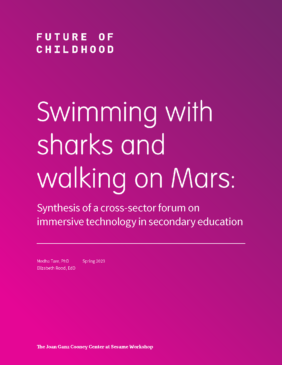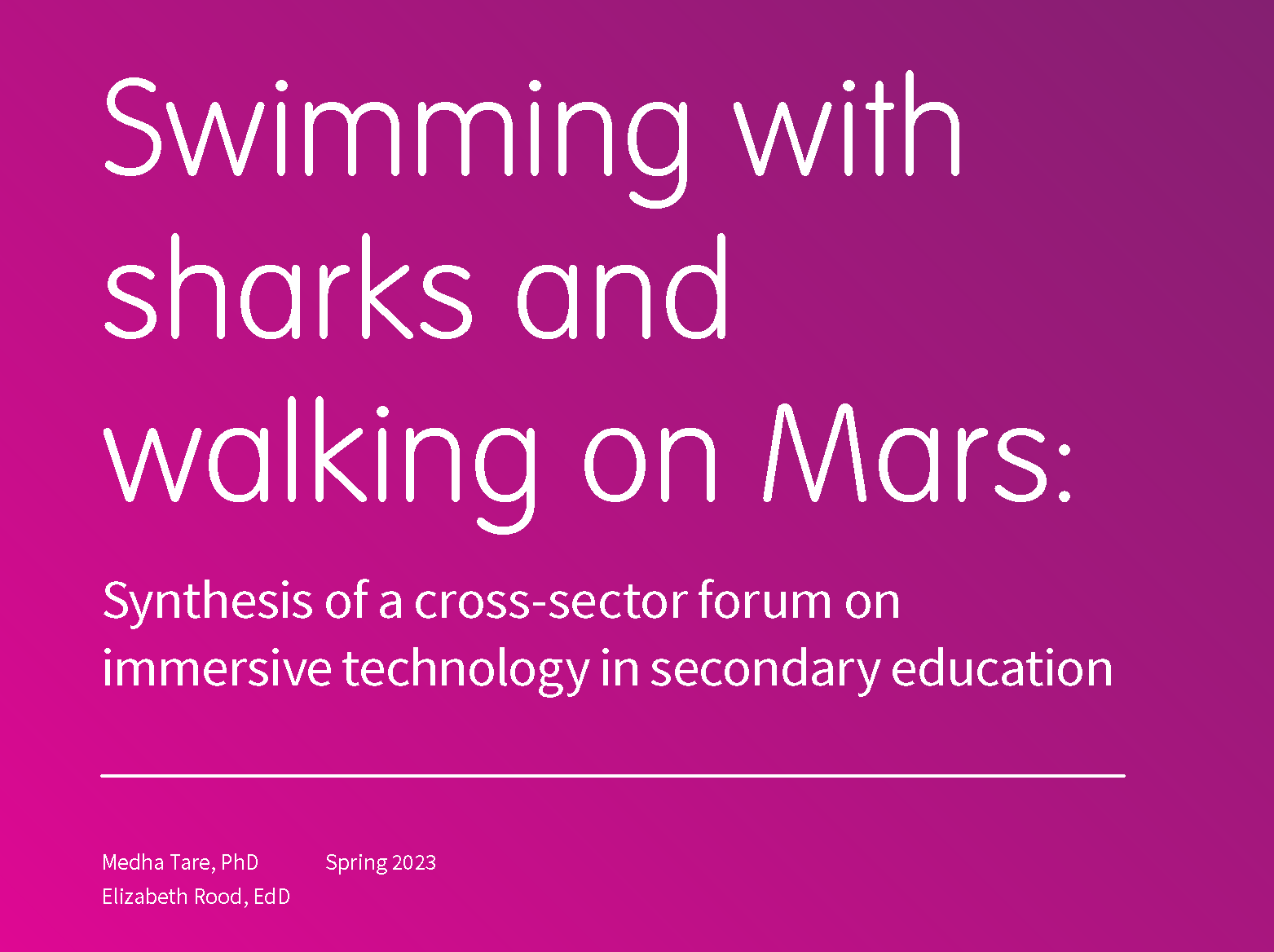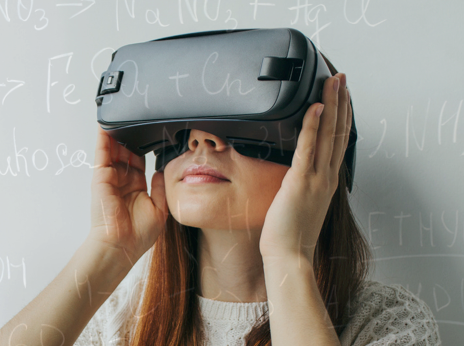
Technology may promise to disrupt. Yet, all too often in education, tech tools simply digitally replicate the ways we’ve always gone about teaching and learning. From gradebooks to slide decks, to gamified learning, many ed tech offerings tend to be fancy window dressing more than new approaches.
XR– or “extended reality,” the umbrella term for immersive tools including virtual and augmented reality– has the potential to be truly different. These emerging technologies can unlock learning opportunities never before known in our classrooms. They promise new and exciting ways for students to explore, build understanding, and creatively design.
Certainly, challenges to widespread, equitable adoption remain. These include addressing student safety and privacy concerns; the cost of devices; and the need for interoperability with common classroom tools, including learning management systems. Teachers also need support and encouragement to play around with tech that can seem strange and scary at first, finding creative ways that immersive tools might align to their curriculum, advance content mastery, and foster skills like collaboration, creativity, and problem-solving.
The promise (and challenges) of XR adoption in secondary school settings was the focus of a forum held in 2022– hosted by the Joan Ganz Cooney Center at Sesame Workshop and the XR Association– which brought together teachers, creatives, researchers, and technologists to share and learn from each other. Insights gleaned from the rich dialogue are captured in a new report, Swimming with sharks and walking on Mars: Synthesis of a cross-sector forum on immersive technology in secondary education.
The report, which includes links to video recordings of the forum speakers’ presentations and resources shared by participants, captures key themes discussed throughout the cross-sector gathering. These include the kinds of learning that XR is well-suited to support and its particular value in building empathy, allowing for creativity, and supporting abstract reasoning. The report also describes key obstacles that technologists can address by partnering with schools and teachers, including the need to design for a wide diversity of learners, the need for professional development and teacher support, and the importance of transparent privacy and safety controls to meet technology standards of schools and districts.
The report distills key takeaways from the event, and points to the need for continued partnership between educators, researchers, and technologists as we work together to bring this exciting tool to students:
- XR shows great promise as a tech tool for secondary classrooms, enhancing both disciplinary content learning and building important 21st century skills.
- XR adoption asks teachers to take risks and be in the role of learner, alongside students. This shift requires support.
- Equity and accessibility should be built into design from the start.
- Student privacy and safety are essential.
- Assessment of learning with XR will look different than traditional measurement; it should capture a range of skills and domains.
The full report, including links to video recordings and a wide range of resources, can be found here.

